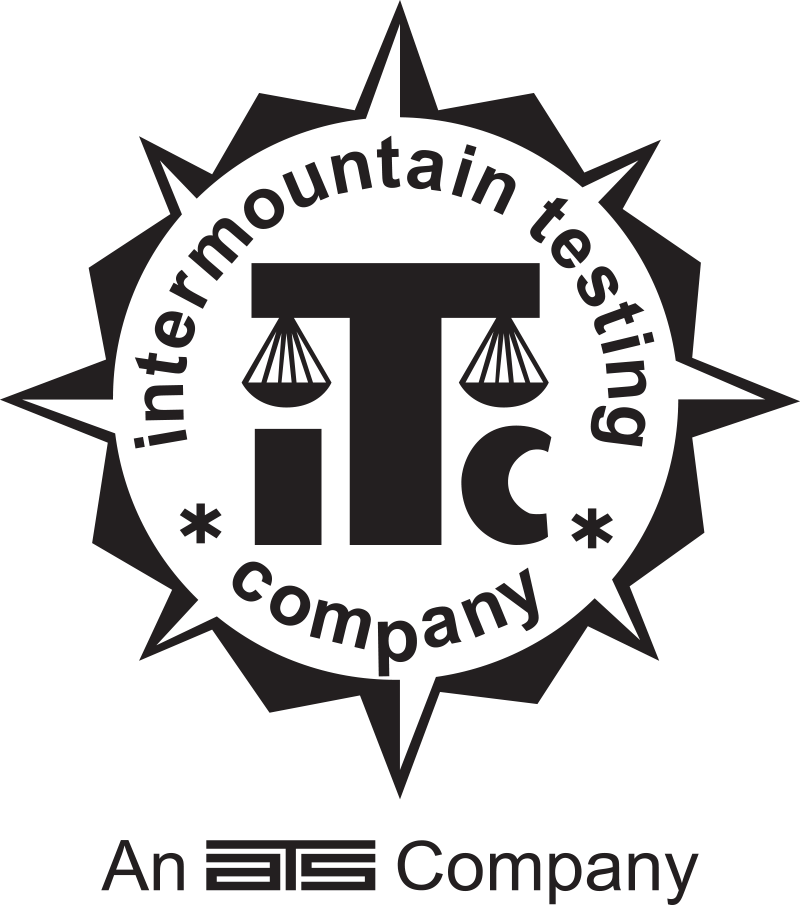
Visual Testing
For many types of welds and products, integrity is verified principally by visual examination. Even for welds that are to be examined by other NDT methods, visual inspection still constitutes an important part of practical quality control and quality assurance. This inspection method is the most extensively used of all NDT methods. It is easy to apply, very quick and often requires no special equipment other than good eyesight and relatively inexpensive tools.
Despite the advantages, the major disadvantage is the need for training, experience and knowledge of the inspector. The inspector must be familiar with drawings, codes, standards, specifications, welding procedures and qualifications. Specific tools are necessary to support visual inspection. Measuring scales, fillet gages, reinforcement or weld profile gages, root opening and bevel measurement devices, temperature indicators, amperage and voltage instrumentation, borescopes, flashlight and mirrors are all common to the visual inspection method.
Material examination prior to welding or processing can eliminate the use of nonconforming product. Close evaluation of materials, joint configurations and alignment during fabrication can prevent conditions that cause weld defects or serviceability of an item or component. Visual inspection, if used properly, before, during and after manufacturing processes, has proven ability to eliminate most discontinuities that would otherwise appear in further nondestructive testing or potential could cause failure in service.
Contact us today!
Joe Ferguson — Direct: +1 (720) 204‑4320 [email protected]
Mike Carroll — Direct: +1 (720) 204‑4401 [email protected]
Kevin Fliss — Direct: +1 (720) 204‑4402 [email protected]
